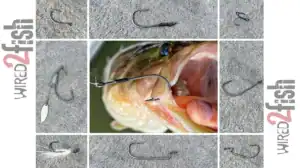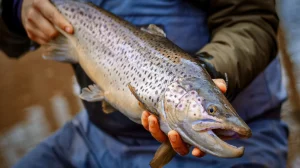Power fishing has been a productive method for catching bass since the beginning of the sport. This technique consists of covering water using a variety of moving baits. This is typically done in shallow water and can be a great way to catch giant bass, especially in the winter. As water temperatures cool, big largemouth and spotted bass will often seek out shallow cover under certain conditions. This feature will explain how, where and when to power fish for winter bass.
WHAT IS POWER FISHING
Tournament legend Kevin VanDam is the angler responsible for exposing this style of fishing. Throughout his career he dominated bass fishing tournaments all over the country employing this shallow water approach. This style of fishing consists of covering lots of water using a variety of moving baits. This often includes fishing various types of structure and cover in search of a repeatable pattern.
Kevin VanDam was especially known for his expertise in power fishing with a crankbait. This is one of the most effective lures for this style of fishing, and is a reliable choice throughout the winter months. This lure shines in cold temperatures thanks to its erratic action and efficient nature. This style of bait allows you to cover far more water than other slow moving bottom baits, often resulting in more bites.
Once water temperatures reaches the mid to low 50’s, bass really become lethargic. Often causing them to sit dormant until an easy meal presents itself. Making repetitive casts at a single piece if cover is a great way to coax finicky winter bass into eating. Changing your casting angel is another great way to ensure you’re making effective casts. While covering water with a moving bait is undoubtably a great way to catch bass, it doesn’t always work. Understanding when to target these fish based off the current conditions is the most consistent way to capitalize on this bite.
WHEN TO FISH SHALLOW
Throughout the winter shallow water anglers produces giant limits of bass, however this bite is often inconsistent. This is due to changing weather conditions, boat traffic, fishing pressure or a number of other factors. Understanding how these factors effect the fish is crucial in determining when to fish shallow. Boat traffic and fishing pressure are two of the biggest killers when it comes to shallow water fishing. Targeting areas that aren’t as disturbed by boat wakes and other commotion is often key in locating feeding fish. I’ve found that shallow water power fishing is often best on calm days with little traffic, as these area can’t handle the fishing pressure like deep offshore haunts.
Weather conditions also play a major role in positioning fish to feed. One of the biggest reasons fish move shallow throughout the winter is in search of warmth. With water temperatures at their lowest across the country, bass will search for the warmest most comfortable water. I’ve found that some of my best days of winter power fishing come during blue bird skies with little to no wind. While these conditions are often unfavorable, it allows fish to move shallow and bask in the sun. These conditions often present the perfect opportunity to capitalize on a power fishing pattern.
WHERE TO FISH
Once you understand the favorable weather conditions, you must then locate productive areas to fish. There are a few different factors that congregate fish in this scenario, however this technique often involves covering lots of water. Two of my favorite things to look for when power fishing throughout the winter is stained water and shallow rock. Both of these hold heat and are great areas to check throughout the winter and early spring.
Stained water seems to be the most consistent factor in locating a shallow power fishing pattern. Muddy water traps heat much better than clear water, causing these stained locations to be the warmest areas on the lake. It also allows for decreased water visibility making bass more receptive to fast moving presentations. Lures such as a spinnerbait and vibrating jig are both productive in this scenario as they move lots of added water.
Targeting shallow rock can be another productive location to find bass basking in the sun. Much like stained water, rock traps and holds heat. Fish will often hold tight to this rock for both comfort and to use as an ambush point. Paralleling a crankbait down rocky banks can be a great way to generate reaction strikes in cold water conditions. I’ve found that targeting rocks in direct sunlight can be an extremely consistent way to generate a bite throughout the winter and early spring.
BAIT SELECTION
Last but certainly not least, bait selection plays a major roll in having a productive day of power fishing. I generally stick with three basic lures based on the current conditions and available cover. These three baits include a spinnerbait, vibrating jig and a shallow diving crankbait. All three of these options are great for covering water, however they each shine in their own unique scenario.
I tend to throw a spinnerbait and vibrating jig when targeting visible cover. Locations such as laydowns, docks and rock banks are all great locations for these lures. I like to opt for these over the crankbait when targeting thick cover with lots of snags. One of the most productive vibrating jigs for this time of year is the Fire Craw Z-Man Jack Hammer Chatterbait. This is especially true around muddy water as fish have a tendency to prefer this color.
A shallow diving crankbait is another extremely effective tool for covering lots of water. This bait is great for fishing submerged cover such as rock and gravel. Making repetitive casts down these banks is an effective way to coax winter bass into biting. Bass are far more receptive to a slow tight wobble compared to a wide hunting action during frigid temperatures. Flat sided crank baits such as a Rapala Shad Rap 5 and a Berkley Frittside 7 tend to excel in these conditions thanks to their tight action.
PERSONAL EXPERIENCE
Growing up fishing without electronics this was one of my favorite ways to target bass. Not only is it a super active way to fish, but it generates some giant strikes. One of my fondest memories I have related to power fishing took place during a college tournament on Clarks Hill Lake in South Carolina.
This was my senior year of college and I was fishing the Clarks Hill College Classic that took place in mid December. After day one of the tournament me and my partner had an average limit of fish that had us sitting in the middle of the pack. We had a very productive practice throwing a spinnerbait down rock banks in our chosen location, however fishing pressure killed our bite in the tournament. On day two we decided to take a gamble and try a new area up river we’ed never seen to before. Upon arriving, we realized the entire creek was blown out besides one small cove that was protected.
We started picking apart this protected area using both a spinnerbait and a vibrating jig. My partner Sam Hoesley caught our first fish weighing in around four pounds. We then went on to catch numerous 3 to 5-pound bass paralleling this shallow rock bank. We ended up jumping all the way to second place, weighing in the biggest bag of the tournament at a little over 20 pounds. This taught us to read the current conditions and always be willing to adapt. If we never adjusted to the added boat pressure in our original area, we never would have made such a sizable comeback.
Catching fish using only your eyes and your instincts makes it super rewarding, and it’s really what got me into power fishing in the first place. Theres no better time to capitalize on this bite than right now. With water temperatures at their lowest across the country, bass are quickly migrating to warm water in search of food and comfort. Employing a power fishing approach is a great way to catch bass in these conditions all winter long, and this feature gives you the tools to do just that.
Fishing Power Baits in Cold Water with Kevin VanDam
Kevin VanDam has won numerous professional bass fishing titles, championships, angler of the year trophies in a long career as arguably the best angler to ever fish competitively. He also has done it with a fast, power fishing mentality and approach. In this video he shares he’s top choices to power fish for bass even when the water is very cold.
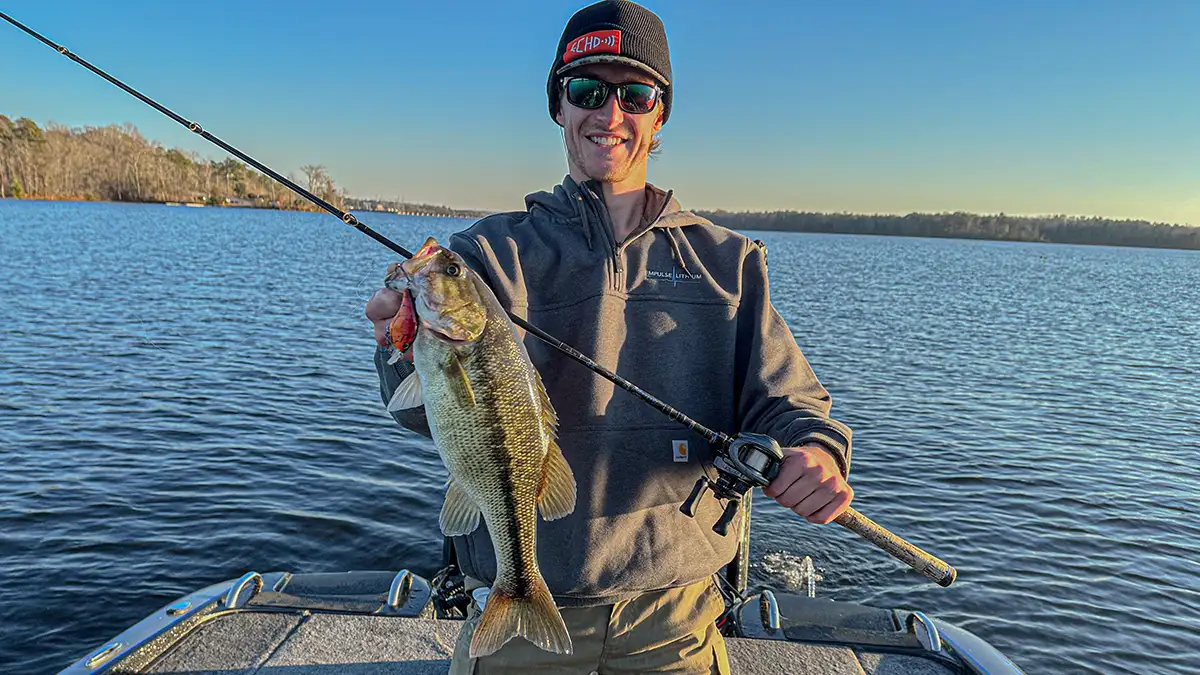
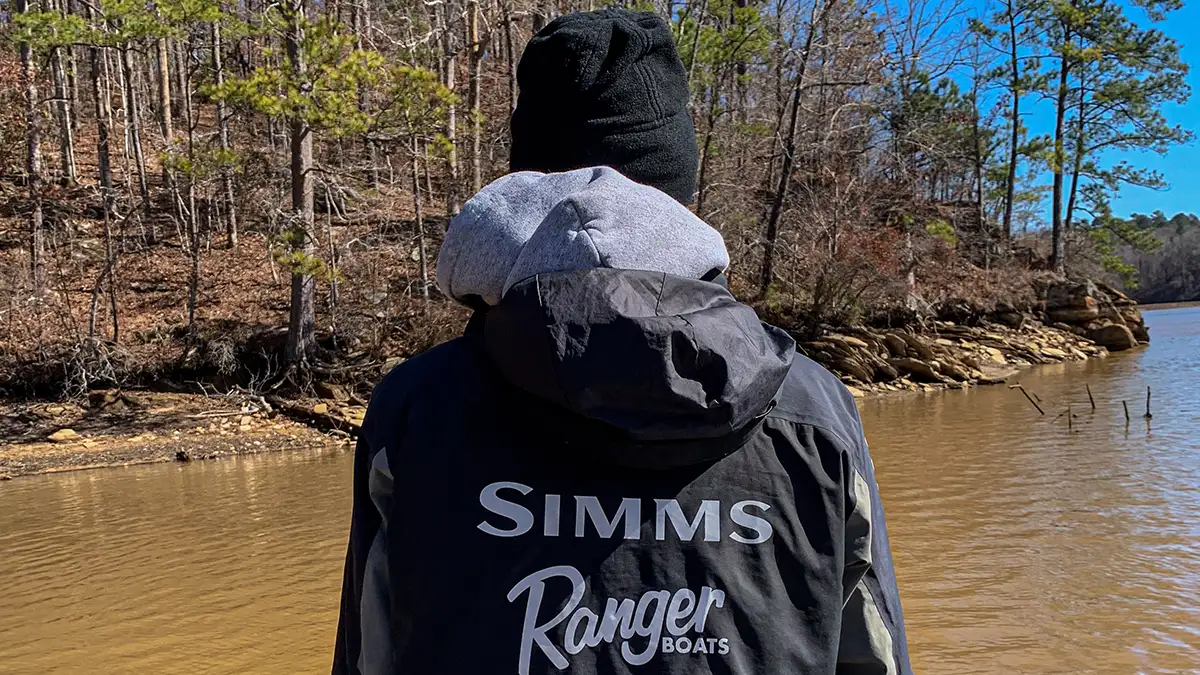
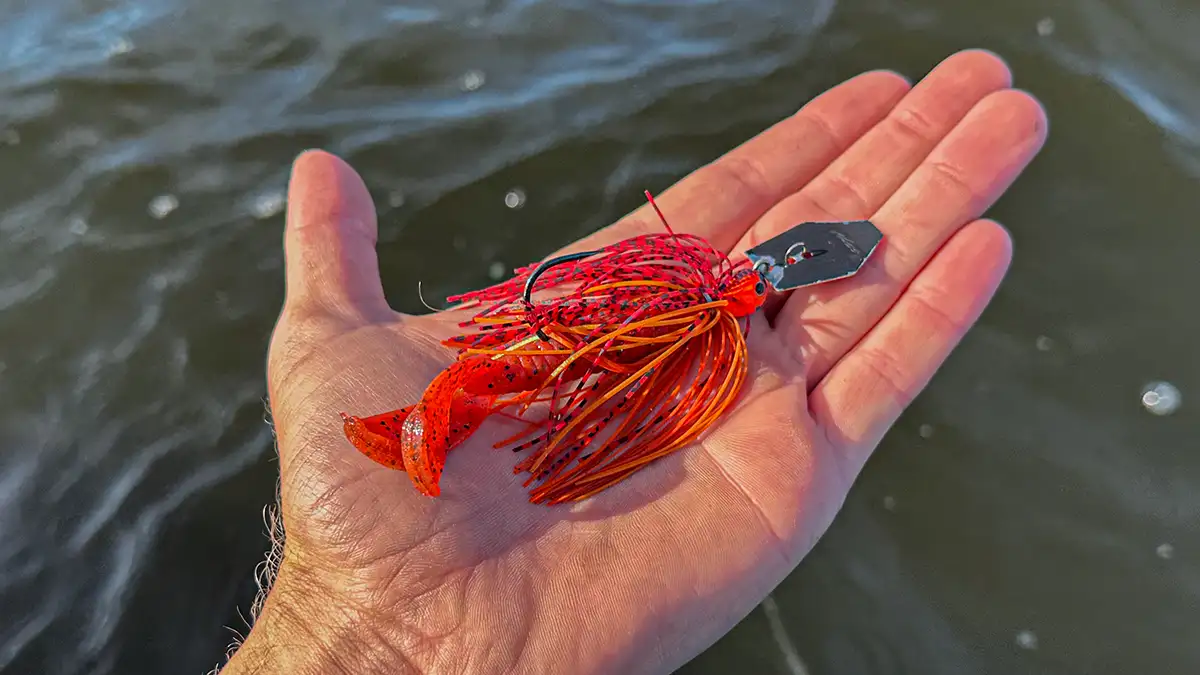
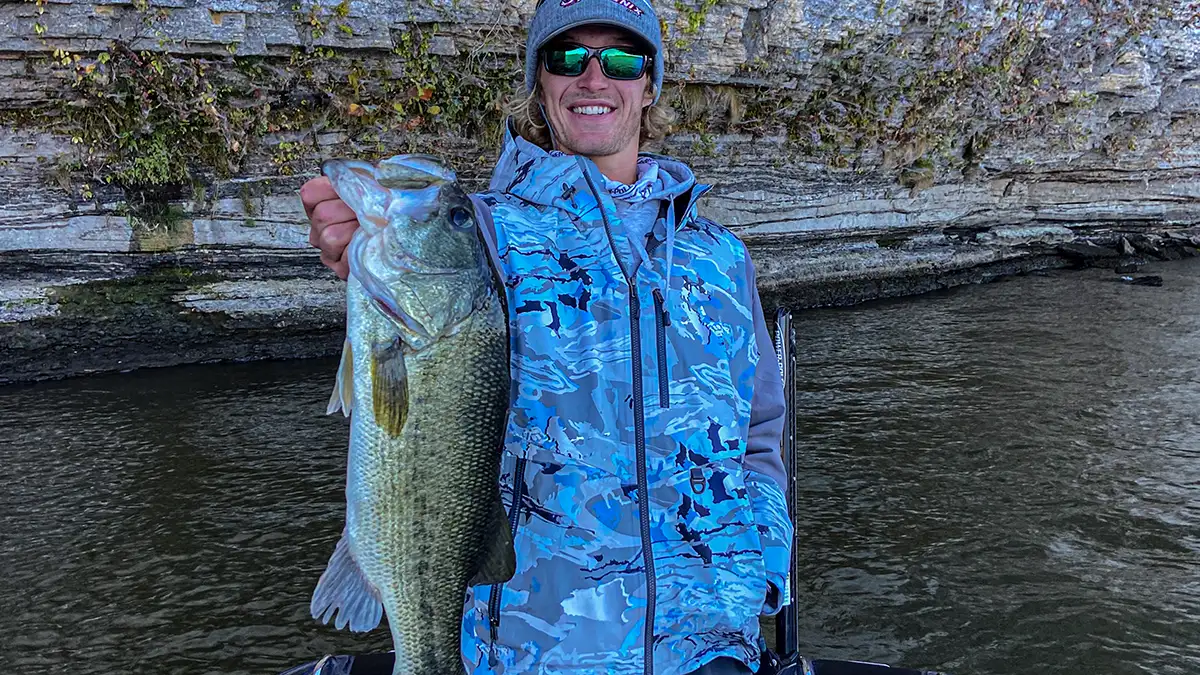



![[VIDEO] McClelland’s Top 7 Winter Bass Baits Explained](https://www.wired2fish.com/wp-content/uploads/2024/12/winter-bass-fishing-lures-300x169.webp)

